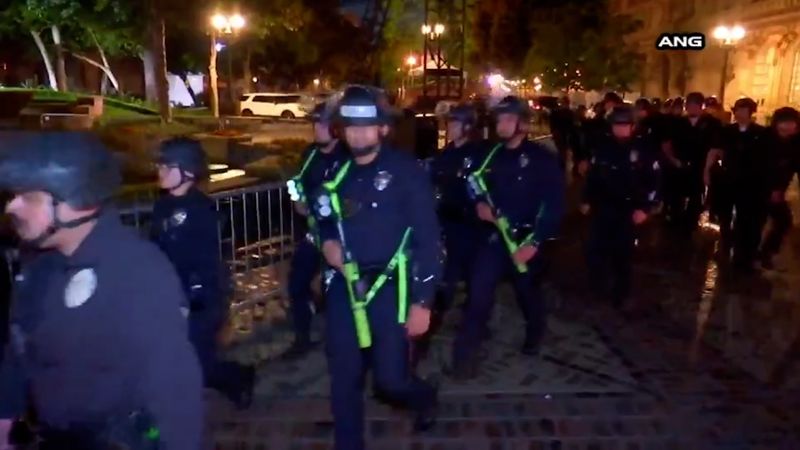In the late 19th and early 20th centuries, commercial hunting was devastating populations of ducks, geese and other water birds. In response, Congress passed the Migratory Bird Treaty Act in 1918, granting the United States Fish and Wildlife Service authority to regulate the killing of migratory birds nationwide. Now waterfowl are thriving in North America, an exception to the general global trend in the decline of birds and other wildlife populations.
One of the earliest waterfowl protection regulations put in place by the Fish and Wildlife Service restricts the firearms that hunters can use by limiting how many shells a hunter’s shotgun may hold. People hunting ducks, geese, doves or other migratory birds anywhere in the United States cannot use a shotgun that is capable of shooting more than three times without reloading. They also cannot use shotguns larger than 10 gauge in order to prevent situations where one blast might kill several birds in a flock. These regulations have been in place since the 1930s, and have driven the manufacture and availability of hunting shotguns.
Gun controls have been part of waterfowl management for nearly a century, with relatively little controversy even today, and have worked to protect populations of ducks and other migratory birds. There are no semiautomatic assault weapon equivalents for hunting migratory birds, because their use is prohibited. But those weapons, as we have seen in so many mass shootings, at schools and elsewhere, are otherwise widely available.
What makes mass shootings so deadly, of course, is the capacity of the weapons the killers use to shoot so many rounds, so quickly, without the inconvenience of reloading. Even reloading these weapons means simply detaching and replacing one 30- to 40-round magazine, for instance, with another.
The shooter who killed 20 children and six adults at Sandy Hook Elementary School in Connecticut in 2012 used a Bushmaster AR-15-style weapon, which can fire in rapid succession (a 2018 article in Slate quoted the official Bushmaster manual as saying the gun had a maximum effective firing rate of 45 rounds per minute) and can hold dozens of rounds in its magazine. Reloading an AR-15 takes a matter of seconds. We are all too familiar with the tolls of tragedy after tragedy — Parkland, Pulse, Uvalde, Sutherland Springs and, just a few weeks ago, the Covenant School in Nashville, where the shooter, armed with a military-style semiautomatic rifle, one handgun and a small 9-millimeter carbine, fired 152 rounds while on school grounds.
President Biden could borrow from the nation’s success in protecting ducks. The executive branch has plenty of discretionary authority to regulate federal lands, including the ability to restrict firearms possession in many areas (a power it now uses to restrict guns in courthouses, post offices and many national parks and on other federal lands). It can and should prohibit shooting assault weapons or any firearms capable of shooting more than five or 10 rounds, without reloading, on federal land, or at any public shooting range that receives federal funding or is under federal license. That’s nearly 30 percent of America.
The challenge for the president will be to overcome a gun culture that permeates federal land-managing agencies and their state counterparts. They will resist. I know, because I was part of that culture for over three decades. That’s why Mr. Biden’s leadership can make a difference.
The president can also ask governors, tribal leaders and mayors to impose restrictions in their jurisdictions and could urge big private landholders like timber, energy and agriculture companies to do the same on their lands. He can also ask the major hunting, fishing and conservation organizations, like the Boone and Crockett Club, Ducks Unlimited and the National Wildlife Federation, to urge state wildlife agencies to ban assault weapons for any hunting. This would put all of these entities into the public spotlight. We may find that people would prefer to buy lumber, power and beef from companies that do not allow assault weapons on their lands, and want to support conservation organizations that put children’s safety at least on par with that of ducks.
As a gun owner and hunter, I am thankful for Mr. Biden’s voice on gun safety. It has been passionate. On June 2, after the Uvalde shooting, he said:
“We should limit how many rounds a weapon can hold. Why in God’s name should an ordinary citizen be able to purchase an assault weapon that holds 30-round magazines that let mass shooters fire hundreds of bullets in a matter of minutes?”
At least nine states and the District of Columbia have placed bans or restrictions on assault-style weapons. What Mr. Biden can do is make it increasingly difficult to use these weapons elsewhere. As he might say, here’s the deal: It’s really not much fun to own a gun that can’t be used in many places, and buying guns that can’t be used, except for that myth of home defense, a big justification by so many, just doesn’t make a lot of sense. And it won’t be very profitable for manufacturers to make guns that fewer people buy.
What I’m suggesting is not going to stop this epidemic of senseless gun violence, but it will help, and it can be done today. As the president also said on June 2, It’s time for each of us to do our part.”
The government does a better job now of protecting ducks and geese than it does protecting children and teachers. Let’s start protecting them the same way we protect waterfowl. Hopefully, even better.
Dan Ashe was the director of the United States Fish and Wildlife Service from February 2011 to January 2017.







More News
Candidates for Federal Office Can Raise Unlimited Funds for Ballot Measures
On Queens Soccer Fields, Immigrants Find Each Other and a Sense of Home
Laurent Cantet, Whose Films Explored France’s Undersides, Dies at 63